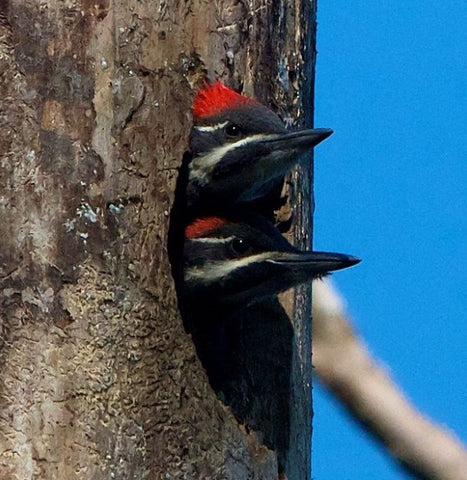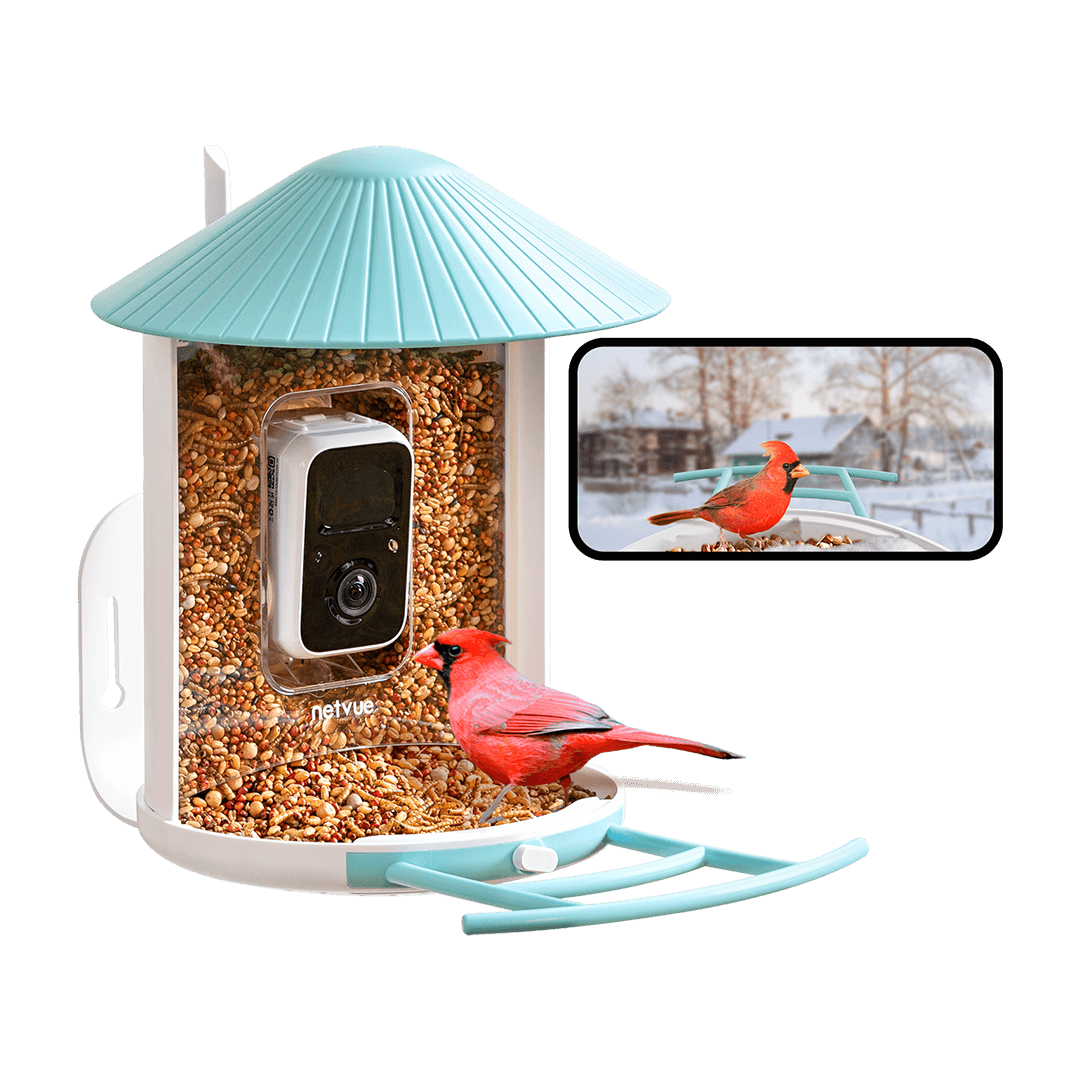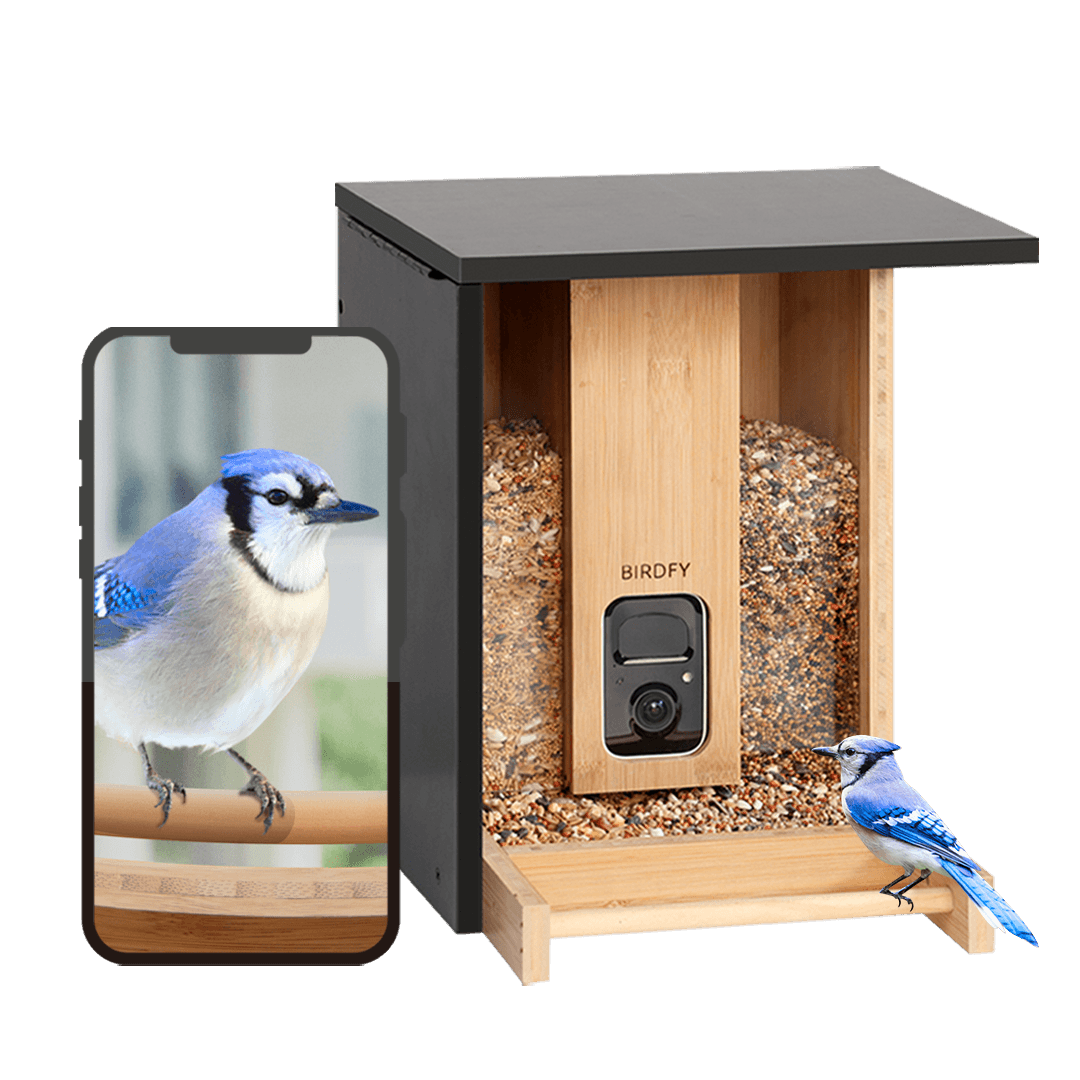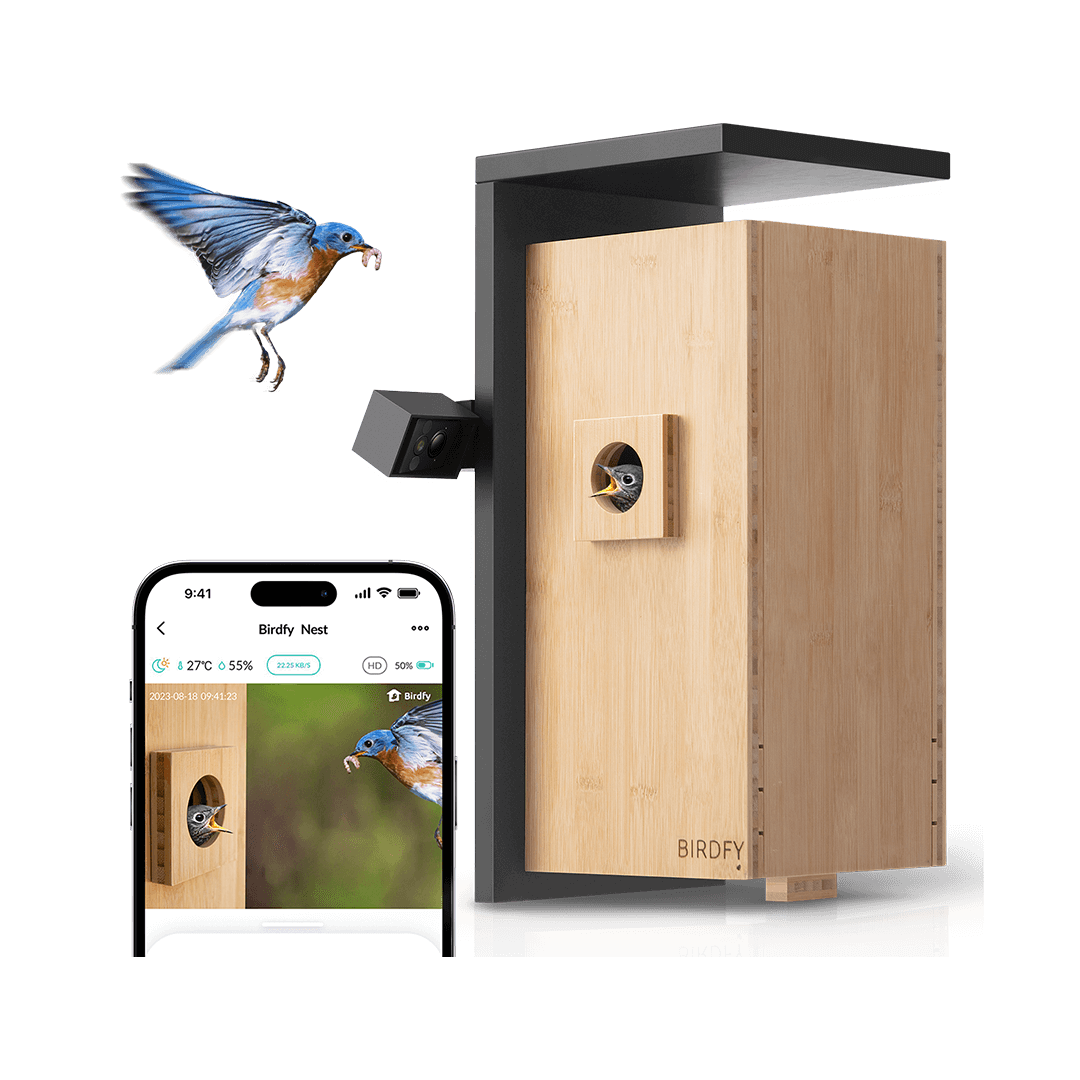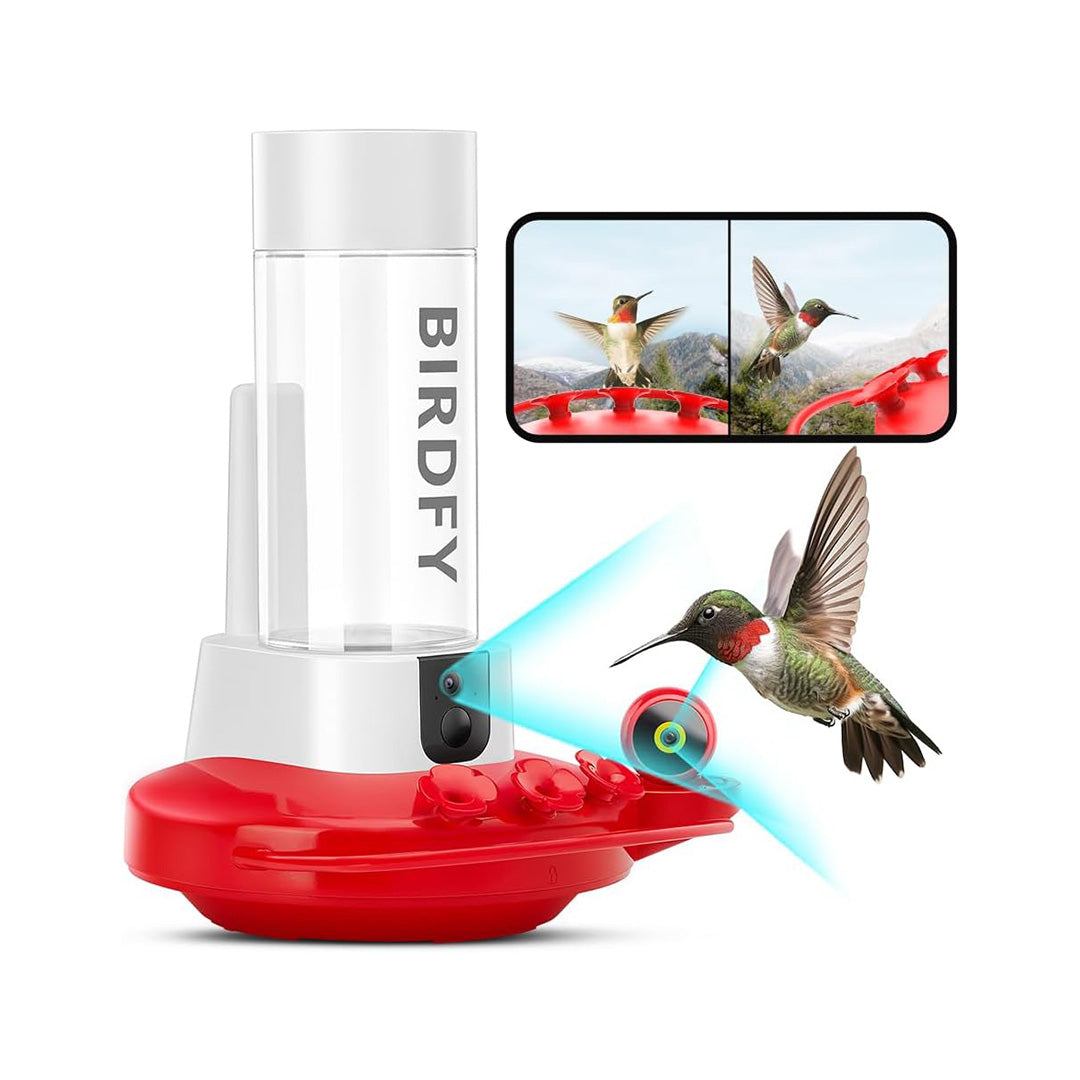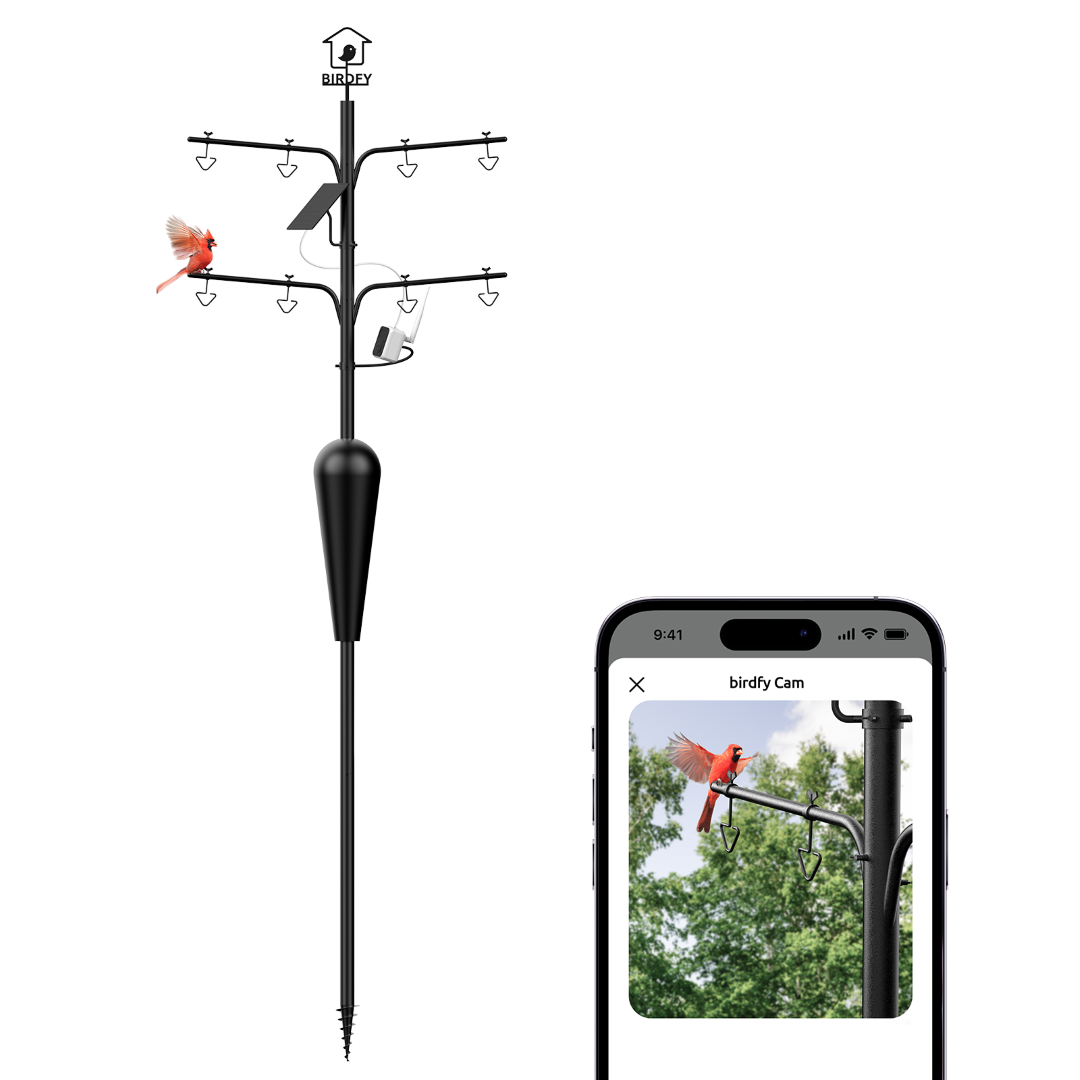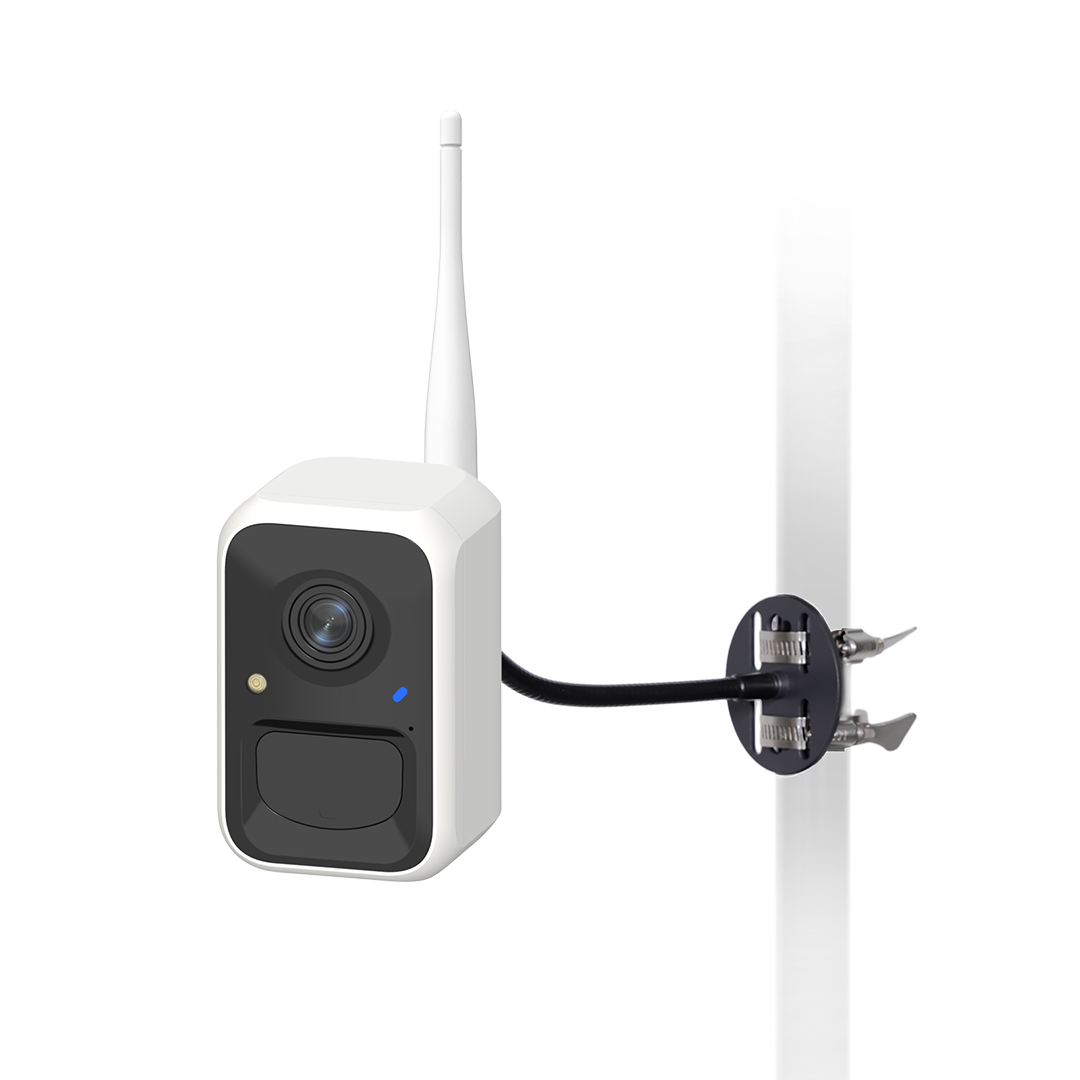Bird introduction - Pileated Woodpecker
Bird introduction - Pileated Woodpecker
The pileated woodpecker is a large, mostly black woodpecker native to North America and the third largest species of woodpecker in the world, after the great slaty woodpecker and the black woodpecker. The pileated woodpecker is known for its distinctive red crest and its habit of excavating large, rectangular holes in dead trees to find insects.
It has a mostly black body with white stripes on the face, a flaming-red crest on the head, and a long, chisel-like bill. The male and female look similar, but the male has a red stripe on his cheek, while the female has a black stripe. Pileated Woodpeckers are often found in mature forests, where they use their powerful bills to excavate large rectangular-shaped holes in trees. They also use their bills to forage insects, mainly ants and wood-boring beetles, as well as fruits, nuts, and seeds.
Scientific Name: Dryocopus pileatus
Lifespan: 12 years
Size: 16 to 19 in
Weight: 8.8-14 oz
Wingspan: 30 in
The breeding habitat of the pileated woodpecker spans forested areas in Canada, the eastern United States, and parts of the Pacific Coast. This bird particularly thrives in mature forests and heavily wooded parks and tends to prefer mesic habitats with large, mature hardwood trees. They can be found in large tracts of forest, but can also inhabit smaller woodlots as long as there are a few tall trees.
Restoration efforts aimed at removing invasive honeysuckle and buckthorn appear to benefit the pileated woodpecker. The removal of brush and shrubbery facilitates their foraging on the ground and in the lower stratum.
Pileated Woodpeckers sometimes visit backyard bird feeders, especially for suet.
Pileated Woodpeckers have a preference for dense, mature forests when selecting a nesting location. Nest cavities are excavated 15-70 feet above the ground in a dead or decaying tree. While males are responsible for selecting the nest site, both males and females take part in the excavation process, with males doing most of the work.
These large cavities may be used by Boreal Owls and Wood Ducks in future seasons. The female lays 3-5 white eggs, with 4 eggs being the most common clutch size. Incubation of the eggs lasts for 15-16 days and is done by both males and females. Both males and females also take part in feeding the nestlings, which remain in the nest for 24-28 days.



